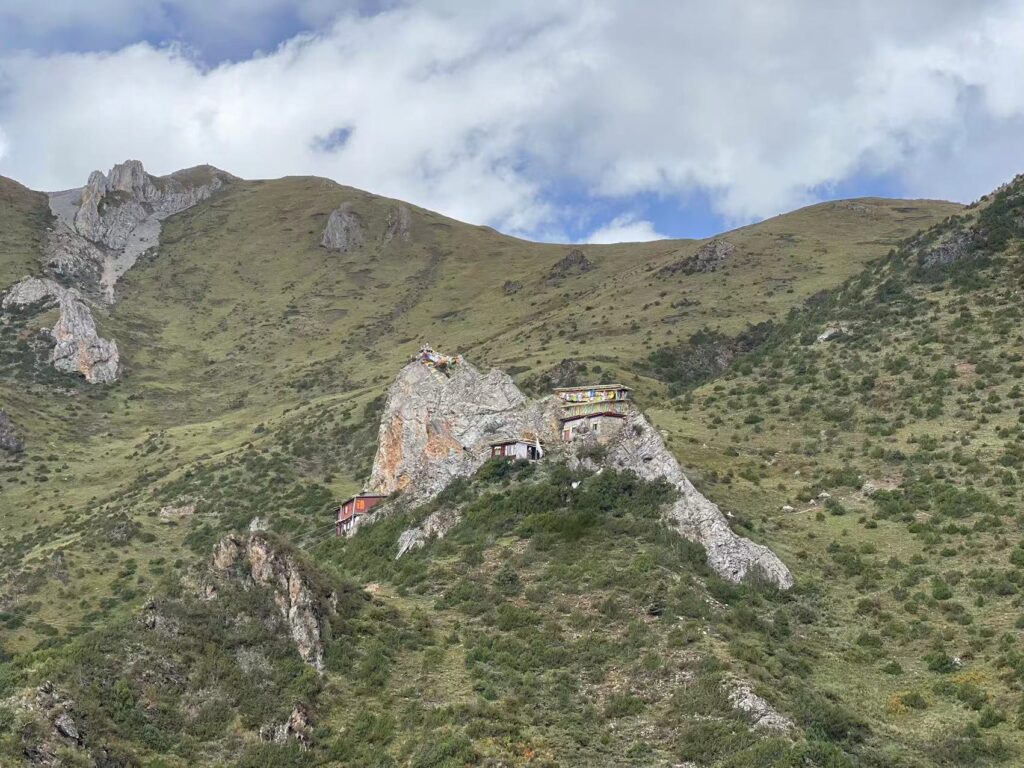
Pema Shelphuk (also known as Pema Shelpu or Pema Shelphuk Cave) is a highly sacred cave located in Tibet, revered particularly in the Nyingma tradition of Tibetan Buddhism. The cave is closely associated with Padmasambhava, also known as Guru Rinpoche, the revered master who brought Buddhism to Tibet in the 8th century.
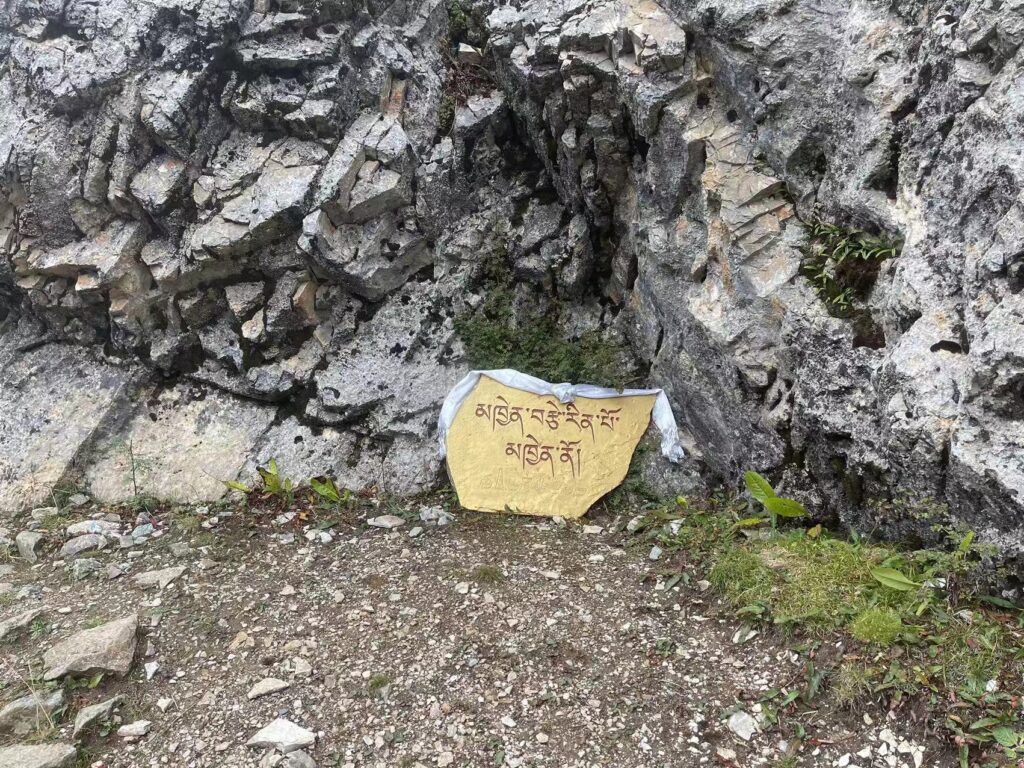
Spiritual Pilgrimage: Pema Shelphuk is a site of pilgrimage for practitioners seeking spiritual transformation. The cave is believed to be one of the many places where Padmasambhava meditated and attained enlightenment, imbuing the location with a sense of deep spiritual power.
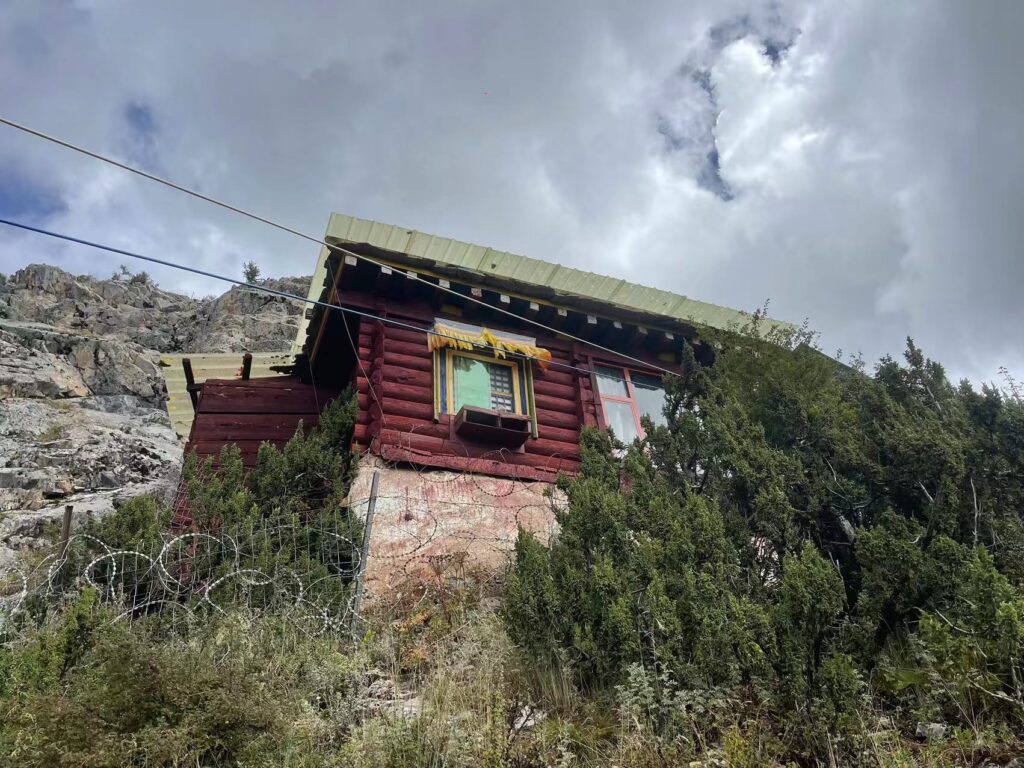
Meaning of the Name: “Pema” means “lotus,” a reference to Padmasambhava (the Lotus-Born), while “Shelphuk” can be translated as “Crystal Cave,” emphasizing the purity and clarity of the sacred space.
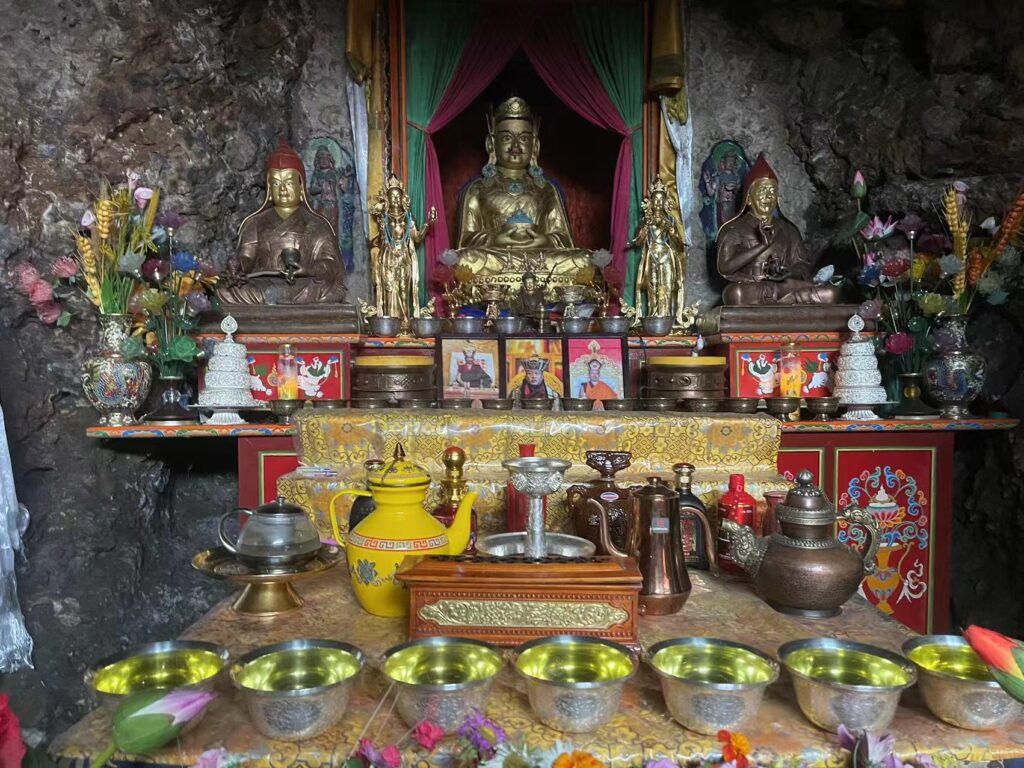
Historical and Spiritual Importance: According to tradition, Pema Shelphuk is a place where important teachings, known as terma (hidden treasures), were concealed by Padmasambhava and later revealed by Tertons (treasure finders). These teachings are meant to be uncovered in times when they are most needed.
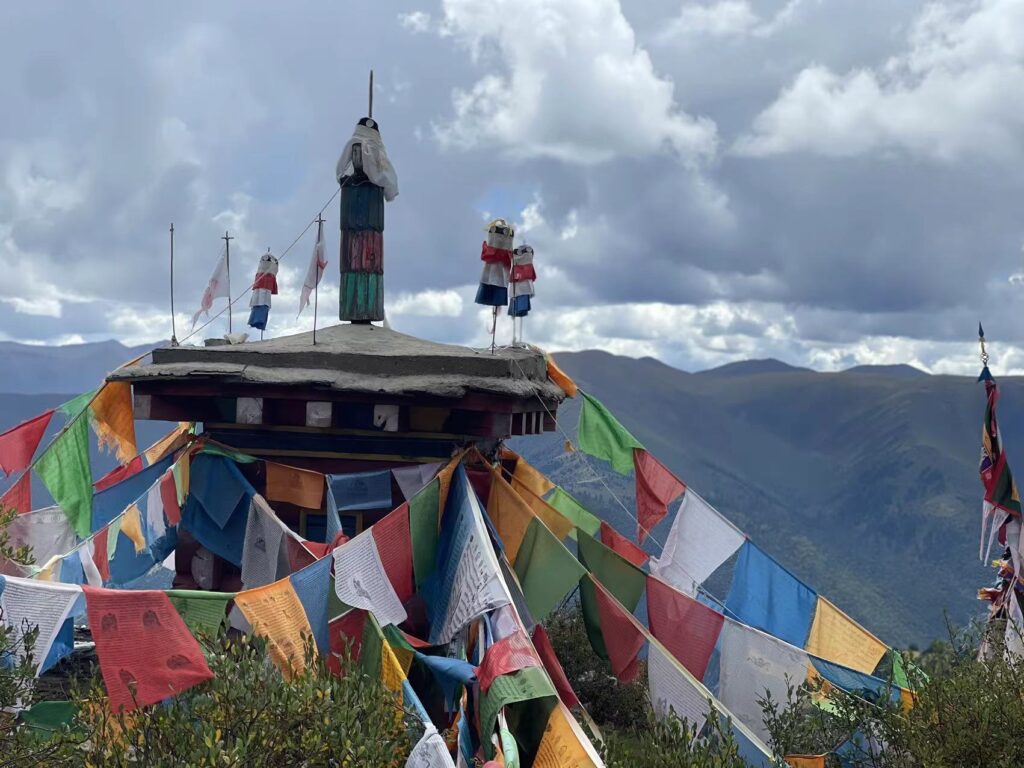
Mystical Atmosphere: The cave is often depicted as a place of profound stillness and mysticism, perched in a high-altitude, remote location. It is surrounded by awe-inspiring natural beauty, including mountains, rocks, and glaciers, all of which enhance its sanctity for meditators and hermits.
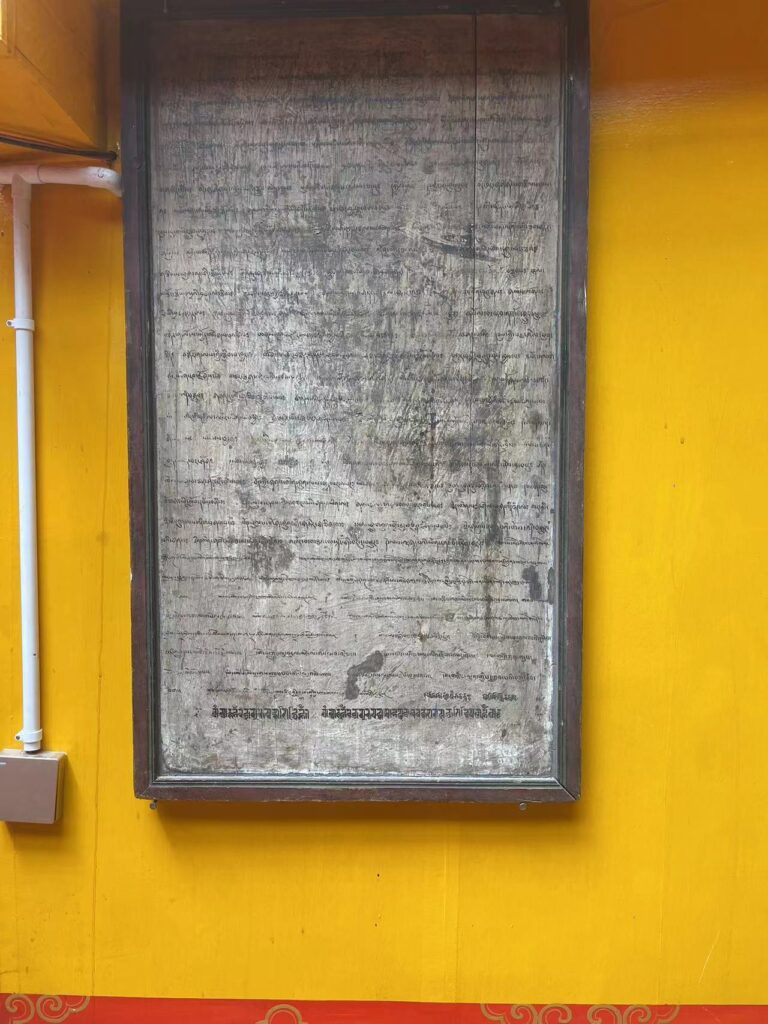
Tertöns: Several Tibetan Buddhist saints and treasure-revealers have visited or lived in Pema Shelphuk, including the famous tertöns like Jigme Lingpa and Dilgo Khyentse Rinpoche, furthering the cave’s renown.
 Tibet World Travel Tibet Tour, Tibet Trip, Tibet Travel, Tibet Train, Tibet Trekking,
Tibet World Travel Tibet Tour, Tibet Trip, Tibet Travel, Tibet Train, Tibet Trekking,
